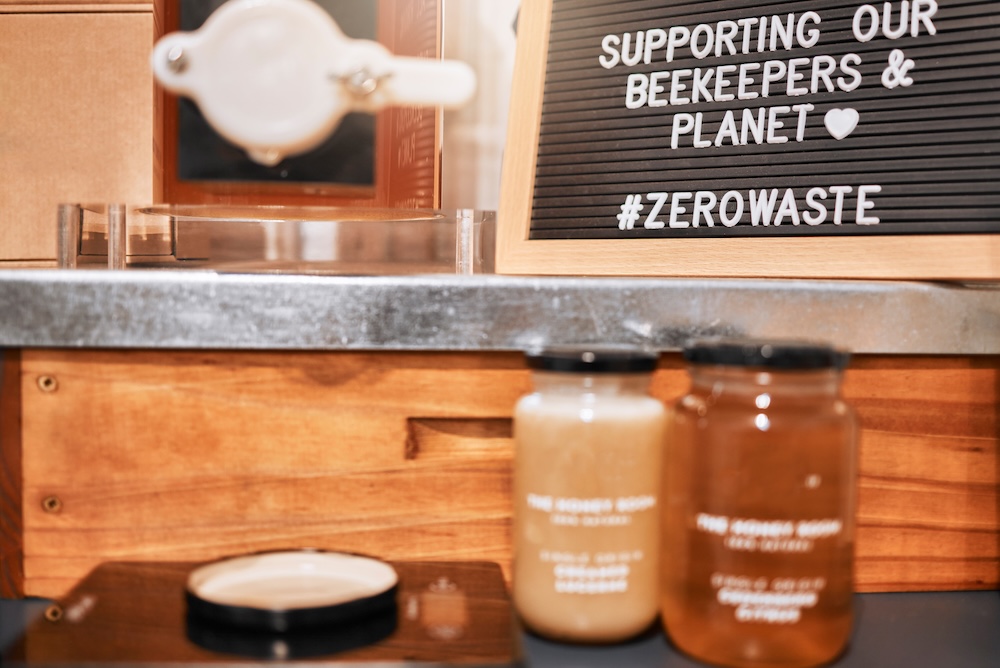As the world grapples with the mounting challenges of waste management, a powerful movement is taking shape: zero waste. Rooted in the principles of the circular economy, zero waste shifts us away from the “take–make–dispose” model and toward systems that reuse, repair, recycle, and regenerate.
This isn’t the work of a single organization — it’s a global network of businesses, communities, and nonprofits working toward the same goal: minimizing waste while maximizing social and environmental impact.
What Zero Waste Really Means
Zero waste is more than recycling. It’s a design framework that:
- Prevents waste at the source by rethinking materials and packaging.
- Designs products for durability, repair, and reuse.
- Builds closed loops where discarded materials become inputs for new products.
- Supports communities through local reuse, composting, and repair systems.
At its core, zero waste is about designing out waste entirely.
Companies Leading by Example
Several companies have adopted zero waste practices — some with decades of commitment:
- Patagonia: Runs repair programs, resale initiatives, and circular design principles.
- Interface (carpets): Operates a closed-loop recycling system, turning used tiles into new products.
- Toyota: Implements zero waste policies in its manufacturing plants, reducing landfill disposal.
- IKEA: Expanding furniture take-back and repair programs as part of its circular economy roadmap.
These efforts aren’t perfect — and often face criticism for moving too slowly — but they demonstrate that large-scale businesses can reduce their footprint and influence global supply chains.
Communities at the Forefront
Some of the most inspiring zero waste leadership comes not from boardrooms, but from communities and cities:
- Kamikatsu, Japan: A rural town where residents sort waste into over 40 categories, recycling or composting nearly everything.
- San Francisco, USA: Among the first major cities to commit to zero waste, achieving diversion rates above 80%.
- Ljubljana, Slovenia: The first European capital with a zero waste strategy, now recycling and composting more than 60% of its waste.
These examples show that policy, infrastructure, and citizen engagement are essential to scaling zero waste systems.
The Broader Impact: Circular Economy in Action
Zero waste is not just about garbage — it’s about re-engineering systems to conserve resources, lower carbon emissions, and strengthen resilience.
- Climate benefits: By reducing landfill methane and the demand for virgin materials, zero waste lowers greenhouse gas emissions.
- Resource conservation: Keeps finite resources like metals, plastics, and timber in circulation.
- Economic resilience: Creates local jobs in repair, resale, recycling, and composting.
In this way, zero waste contributes directly to climate action, poverty reduction, and sustainable development goals.
Challenges Ahead
The zero waste movement is growing, but it faces barriers:
- Infrastructure gaps: Composting, collection, and recycling facilities are unevenly distributed.
- Cultural habits: Convenience culture and single-use mindsets slow progress.
- Greenwashing: Some companies use “zero waste” language without committing to full systems change.
Acknowledging these limits is crucial — because zero waste isn’t just about better disposal, it’s about redesigning consumption itself.
Final Thoughts
The zero waste movement is not a secret society — it is a collective awakening. From Patagonia’s repair programs to Kamikatsu’s community recycling, from San Francisco’s compost bins to Interface’s circular carpets, each action demonstrates that waste is not inevitable.
Every refill shop, repair café, and community compost pile is a ripple of change. Together, these ripples build momentum toward a future where waste is no longer seen as unavoidable, but as a flaw we can — and must — design out.
By participating in this movement — whether as a consumer, business, policymaker, or community member — we contribute to a system that conserves resources, cuts emissions, and leaves a positive legacy for generations to come.









Reader Interactions